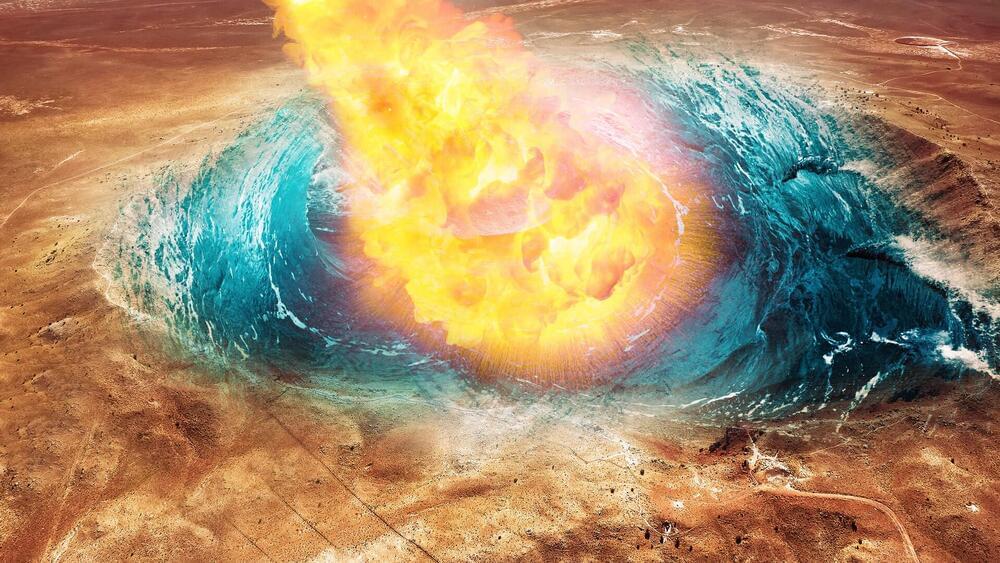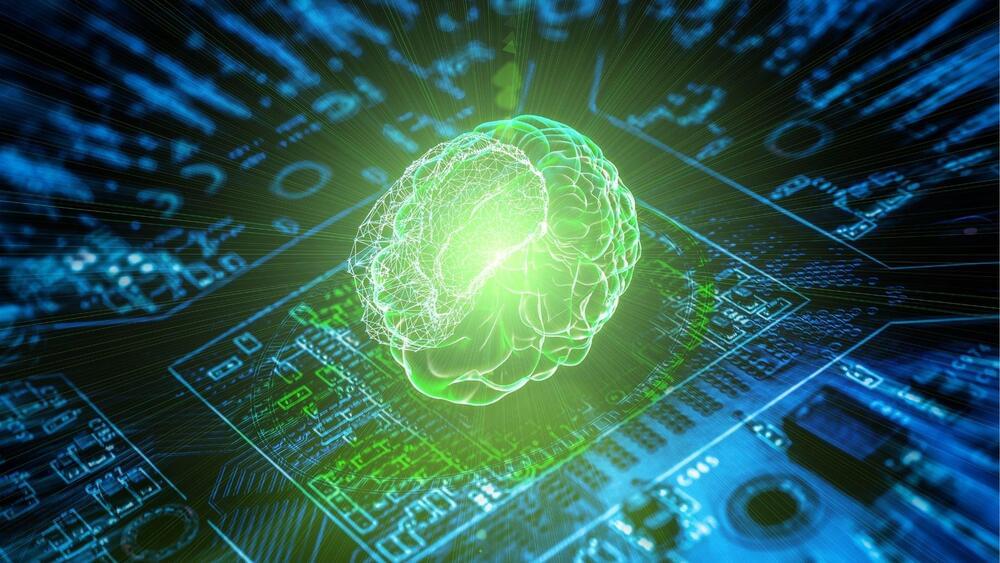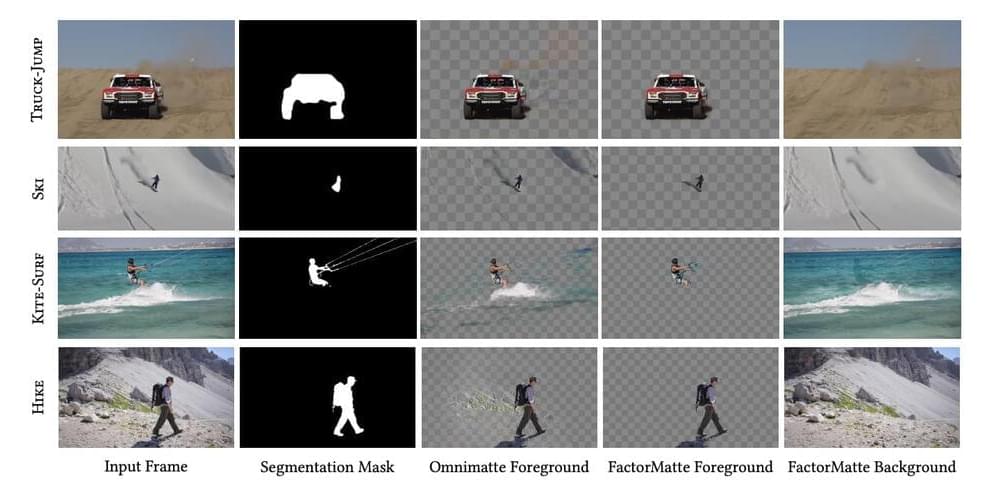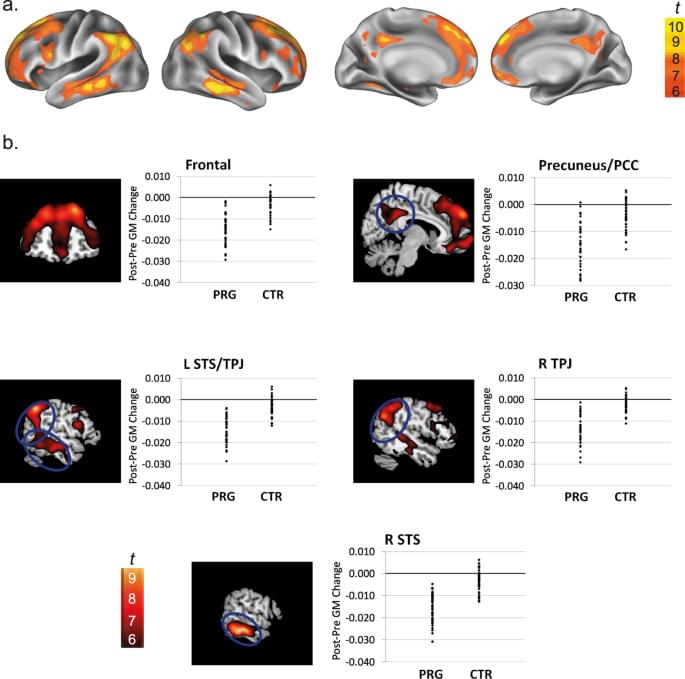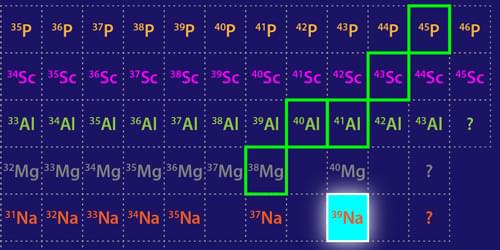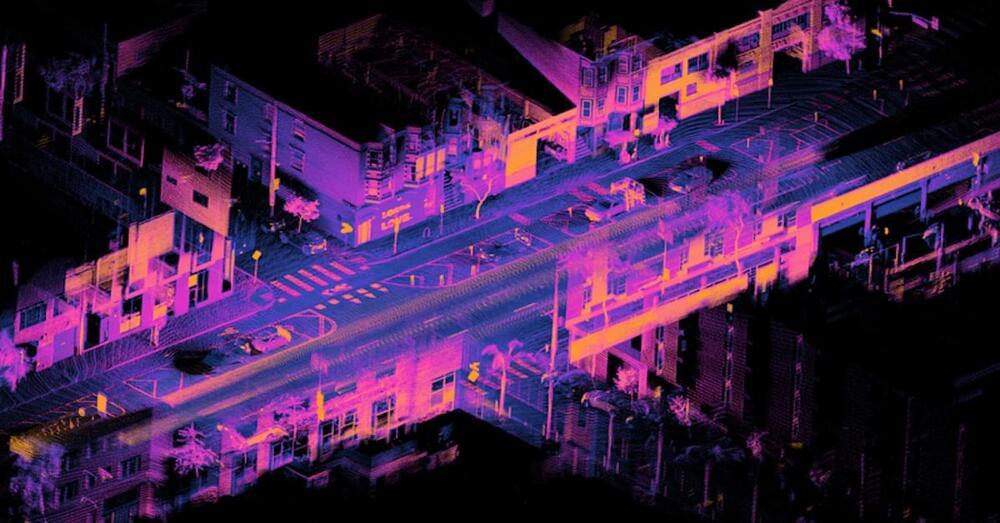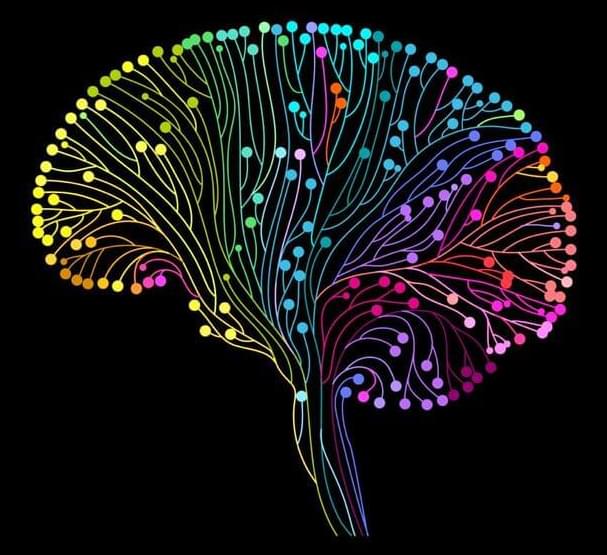Dec 2, 2022
Megatsunami on Mars linked to an asteroid strike 3.4 billion years ago
Posted by Gemechu Taye in categories: asteroid/comet impacts, existential risks, mapping
The event is likened to the Chicxulub collision on Earth.
A study has found that the megatsunami that swept Mars around 3.4 billion years ago was caused by an asteroid strike on one of its oceans. The event is compared to the likes of the Chicxulub collision—which is believed to have wiped out dinosaurs from the face of the earth about 66 million years ago.
Researchers, led by Alexis Rodriguez of the Planetary Science Institute in Arizona, have also suggested that NASA’s Viking 1 Lander, which was deployed on a mission to find evidence of life on Mars in 1976, could have landed near the crater of this megatsunami.
Continue reading “Megatsunami on Mars linked to an asteroid strike 3.4 billion years ago” »
